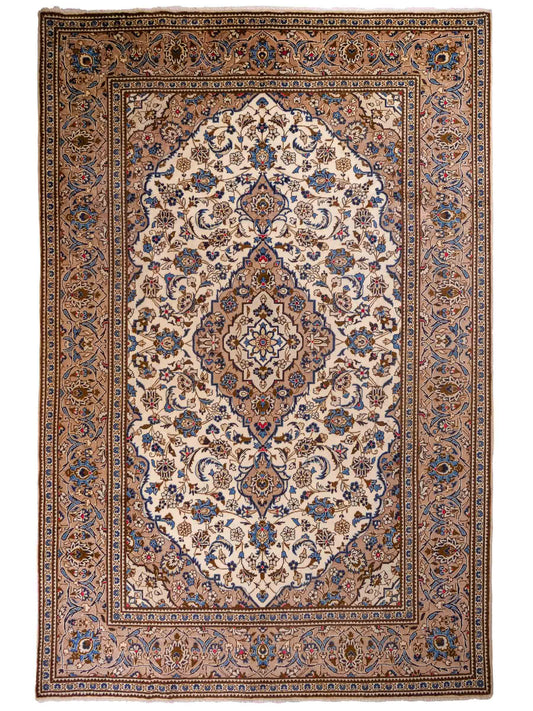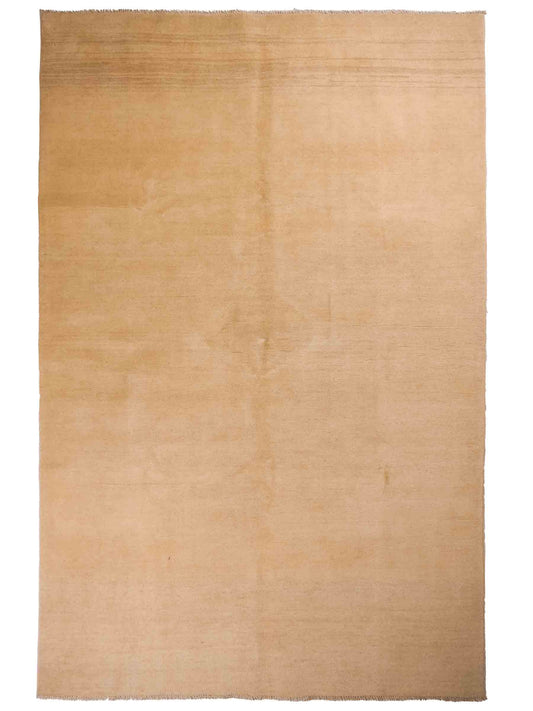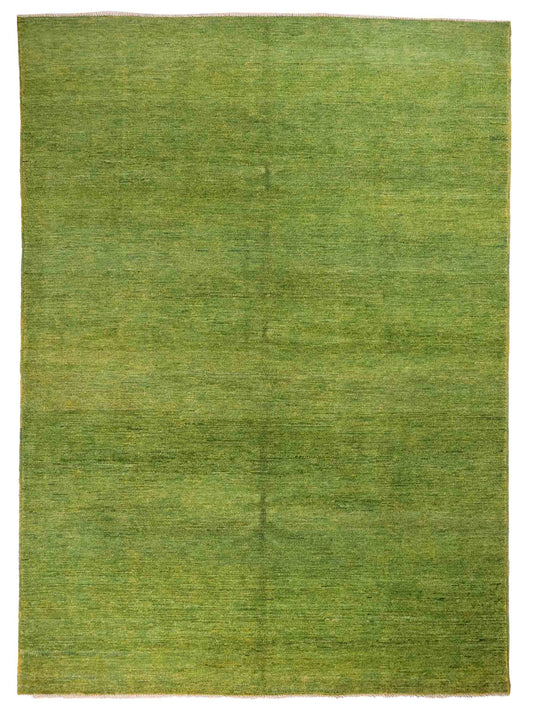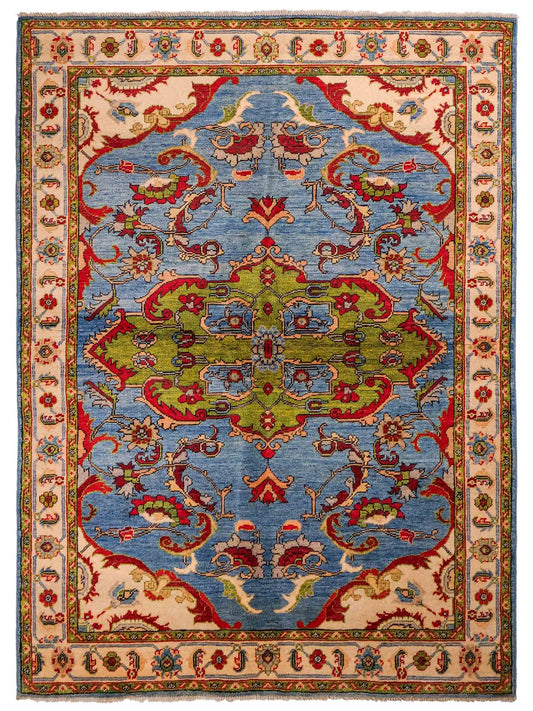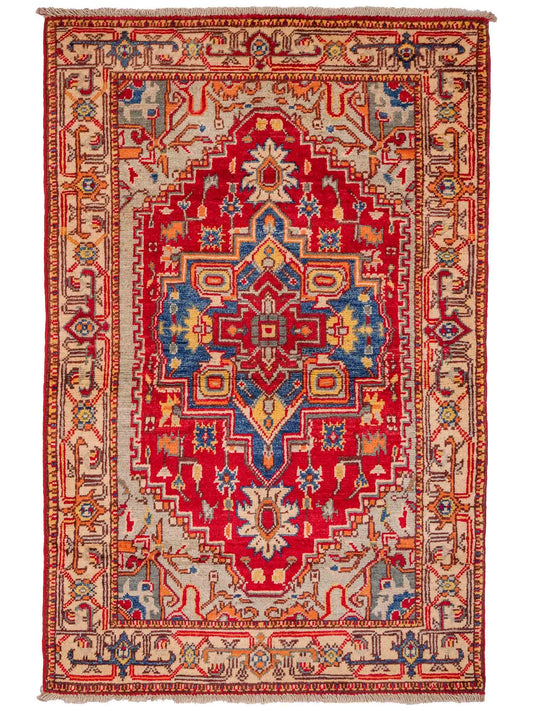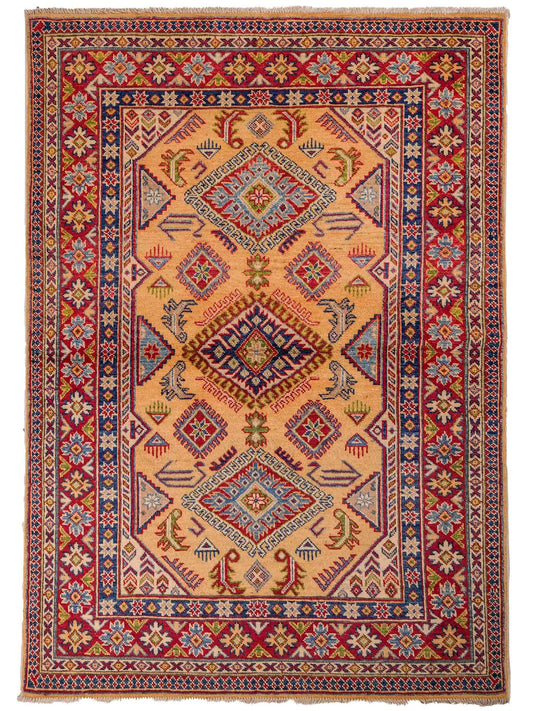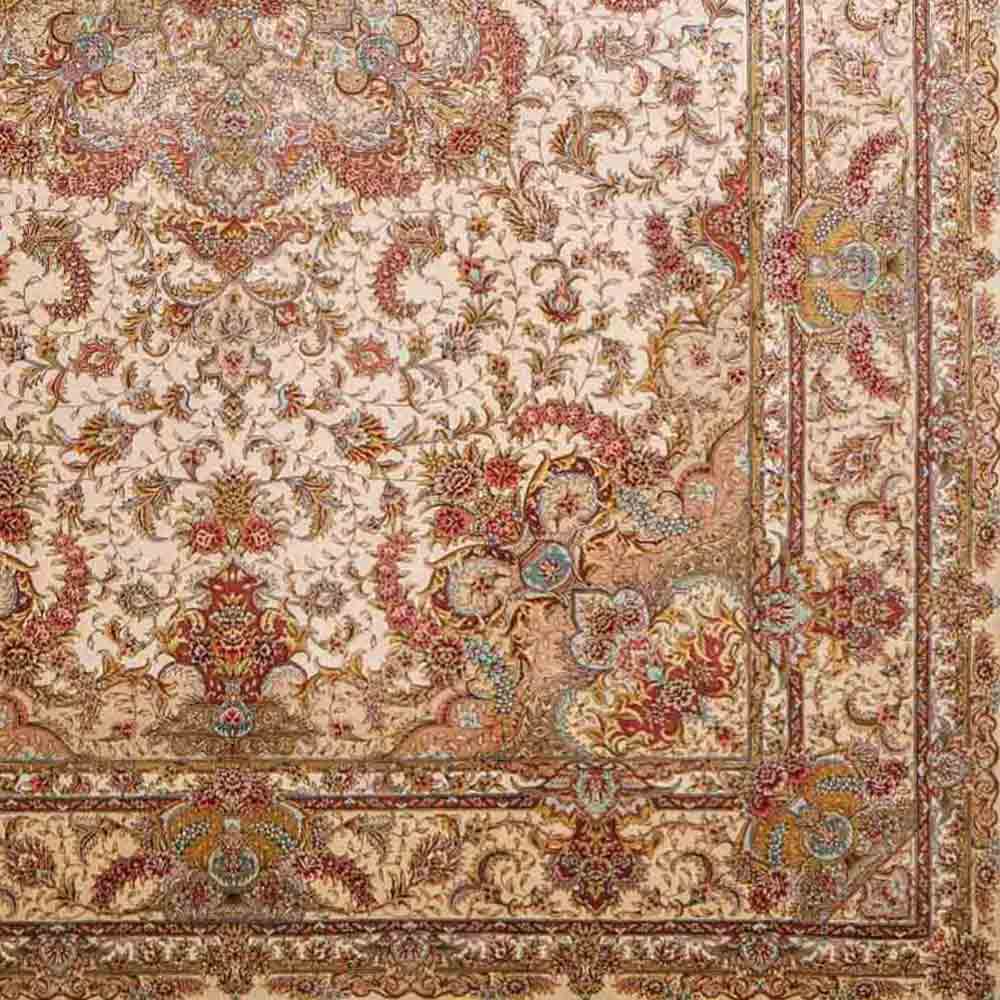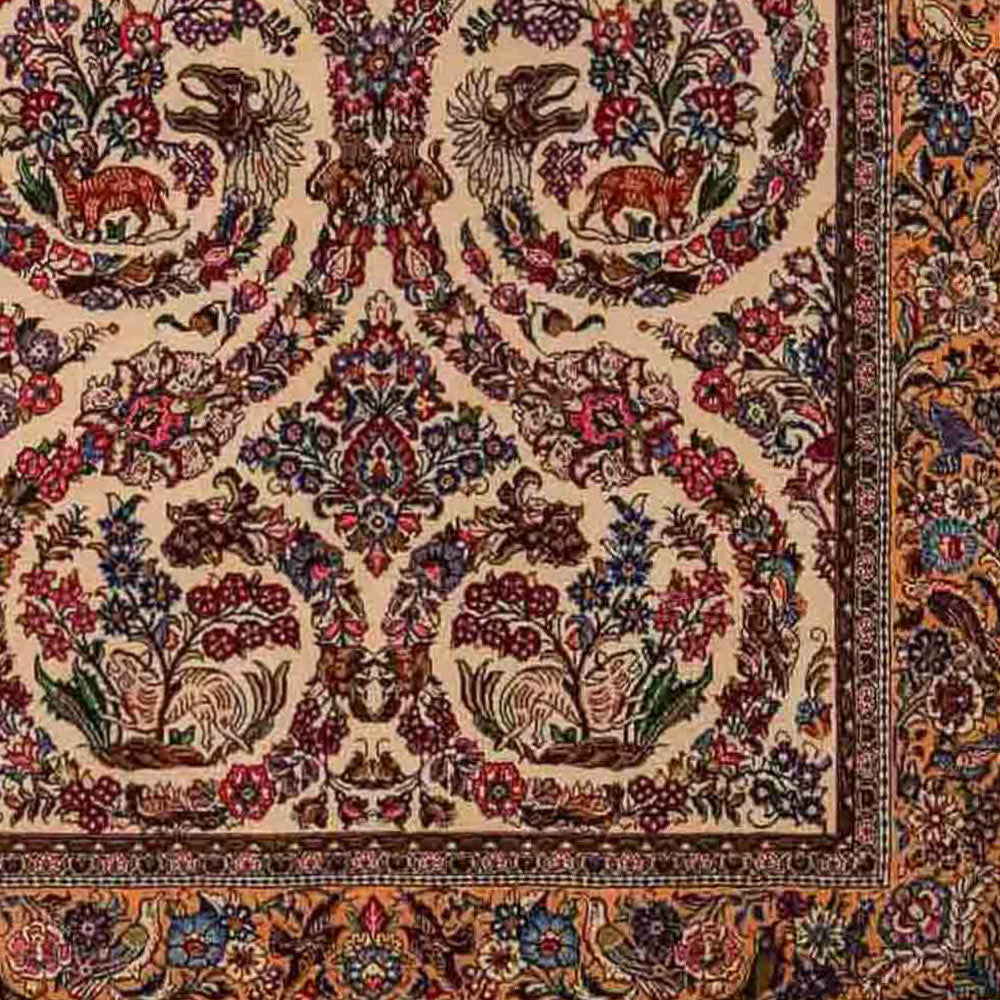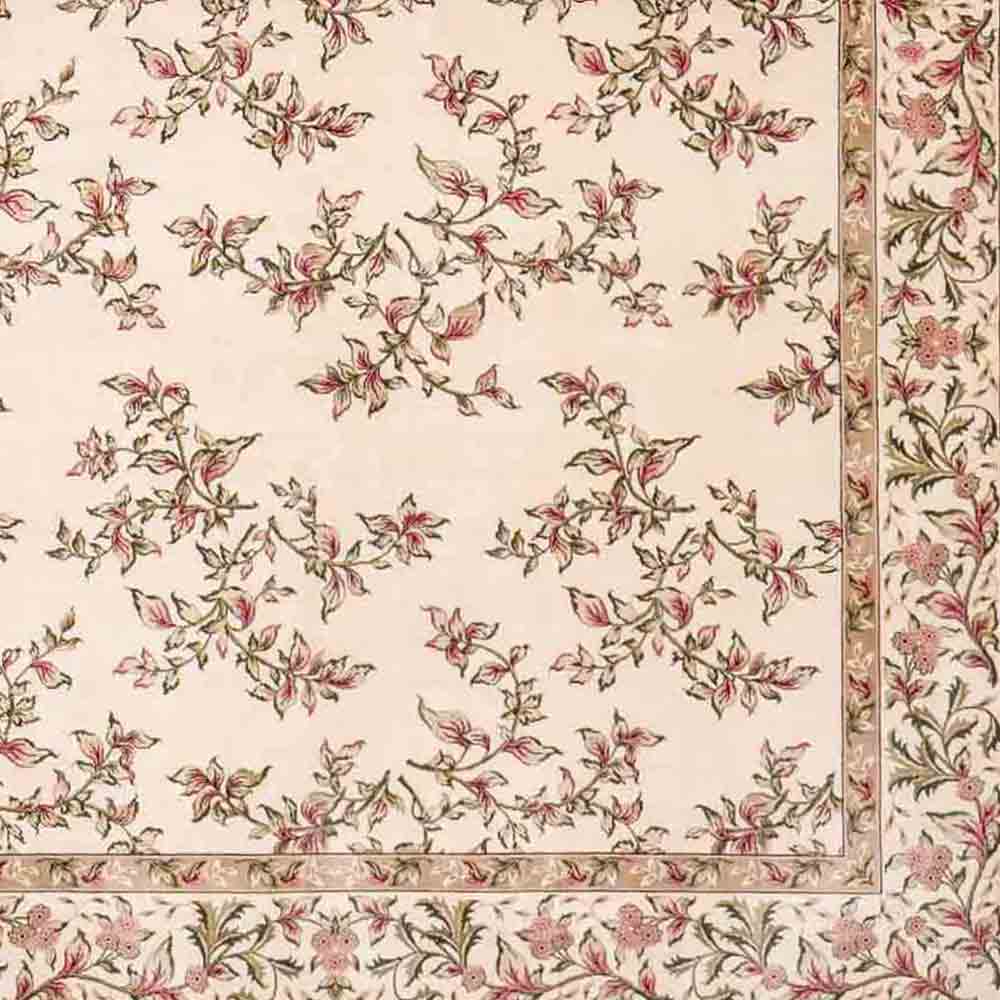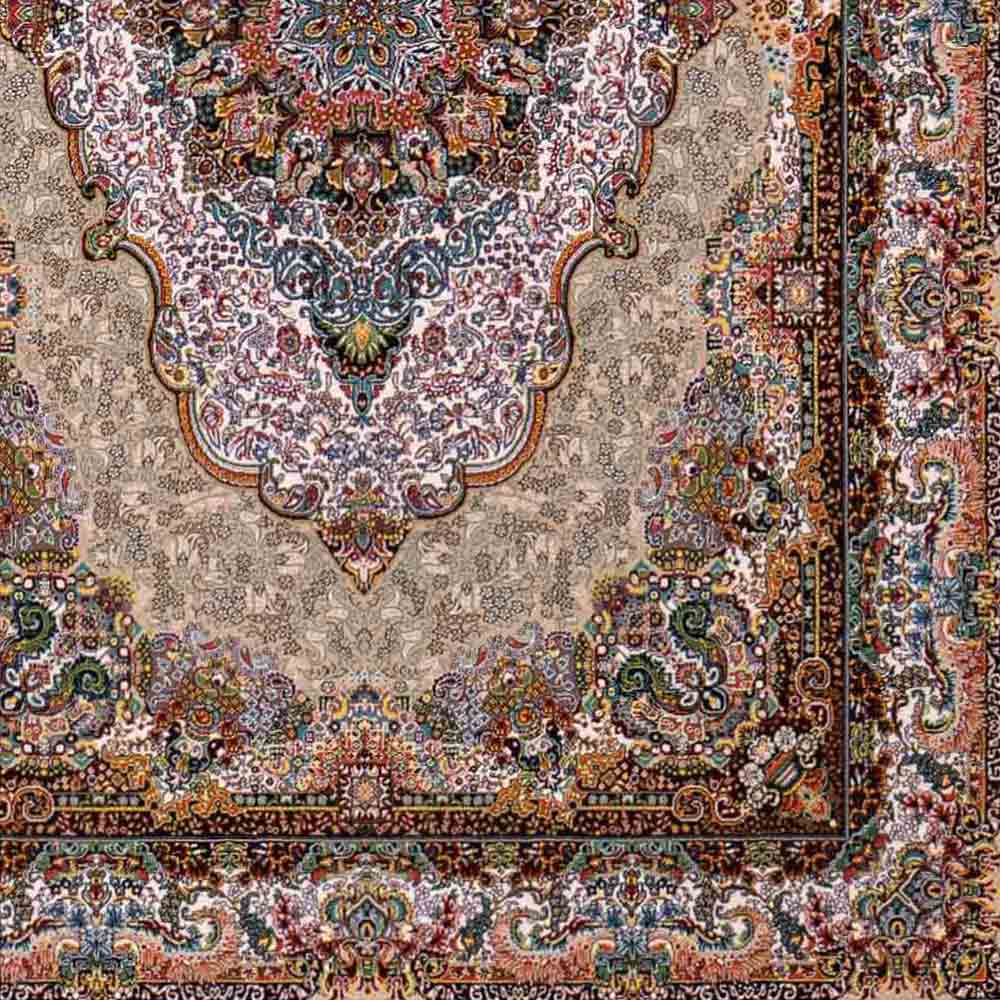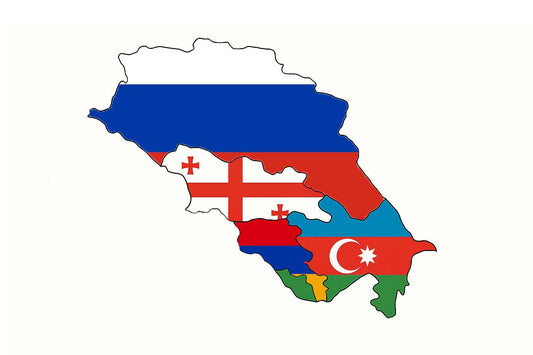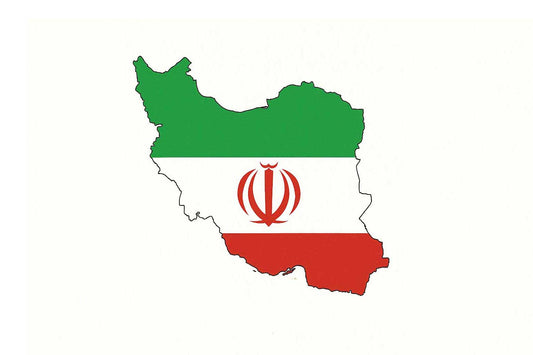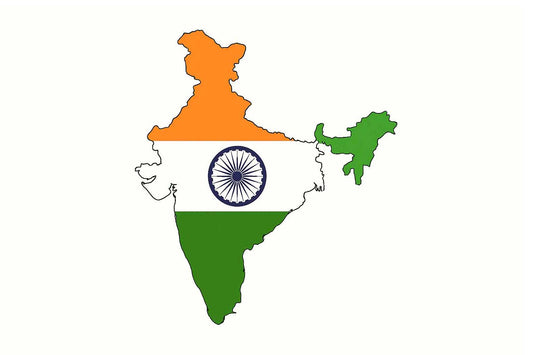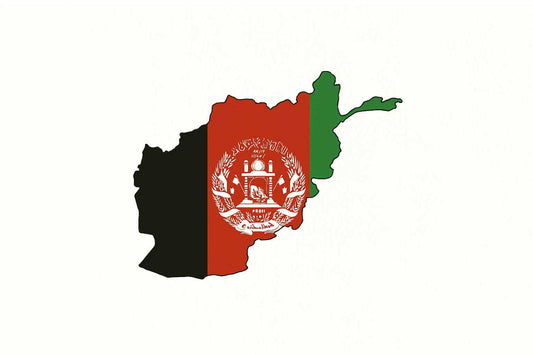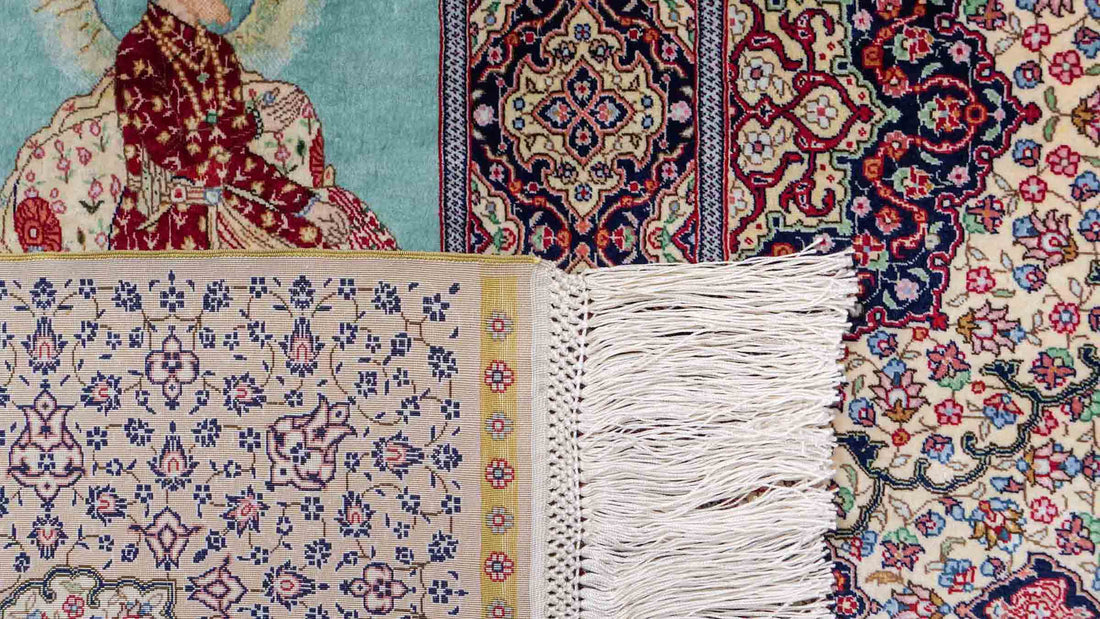
What’s the Difference Between Rug Knot Types?
Daniel KhademiHand-knotted rugs are true masterpieces of textile art. The type of knot used has a decisive impact on your rug’s appearance, structure, and durability, giving each piece its unique character. In this guide, we introduce you to the most important knotting techniques and explain what sets them apart.
The Most Common Knots
1. The Persian Knot
The Persian knot—also known as the Senneh knot, Farsibaff, or asymmetrical knot—is one of the most refined knotting techniques, predominantly used in Iran and neighboring regions. In this method, the knot is tied from the back of the rug, with the yarn wrapped twice around the warp thread before being pulled through the loop. The warp refers to the vertical threads that form the rug’s foundation and provide stability, while the weft consists of horizontal threads interwoven with the warps to complete the rug’s structure. This knotting technique allows for a very high knot density, enabling intricate designs and complex patterns to stand out. The superior quality of the Persian knot results in a soft, textured rug that is not only visually appealing but also highly durable.
2. The Turkish Knot
The Turkish knot, also known as the Gördes knot, Turkbaff, or symmetrical knot, differs in its symmetric wrapping style. Here, the yarn is wrapped only once around the warp thread, resulting in a lower knot density. This makes Turkish rugs generally more robust and hard-wearing, ideal for high-traffic areas. Their patterns tend to be less intricate but often feature striking geometric shapes, giving each piece its own unique charm.
3. The Chinese Knot
Chinese rugs frequently use their own distinctive knotting techniques, which differ from traditional Persian and Turkish knots. These specialized methods produce thicker, heavier rugs celebrated for their vibrant colors and complex motifs, leaving a strong visual impression.
4. The Afghan Knot
The Afghan knot, or Afghani knot, is especially common in Afghan rug weaving. Similar to the Turkish knot, it results in a lower knot density but features bold colors and striking geometric patterns. Rugs with Afghan knots are known for their robust nature and rustic appeal.
5. The Bukhara Knot
The Bukhara knot is widely found in Central Asia and combines elements of both Persian and Turkish knotting styles. Rugs made with this technique are renowned for their cool color palettes, geometric designs, and deep cultural heritage, often representing the artisanal traditions of the region.
6. The Navajo Knot
In North America, the Navajo people developed their own knotting style. Navajo rugs are characterized by simple geometric designs and vibrant color combinations. Their unique knotting method gives these pieces a distinctive, instantly recognizable look.
FAQ: Knotting Techniques in Hand-Knotted Rugs
Which knotting technique is considered the most valuable?
► Persian knots allow for the finest detailing and are generally the most value-retaining—especially in provenance rugs.
Which knot is best for everyday spaces?
► Turkish and Afghani knots are ideal for high-traffic areas like hallways or living rooms due to their exceptional durability.
How can I identify the knotting technique in my rug?
► Knot density, pattern, and specific structures on the rug’s back offer clues—or consult our experts for professional guidance!
Conclusion
The knotting technique plays a crucial role in the appearance, quality, and value of hand-knotted rugs. Each method tells its own story—from artistic intricacy to rich cultural heritage.
Explore our wide selection of Hand-Knotted Rugs and let our expert advice help you find the perfect one-of-a-kind piece for your home in our online shop!
Learn more: Explore our other guides on topics such as Knot Density, Hand-Knotted Rug Value Retention, Design Classics, Countries of Origin, Carpet Materials, Care & Cleaning—and find your perfect rug today!

